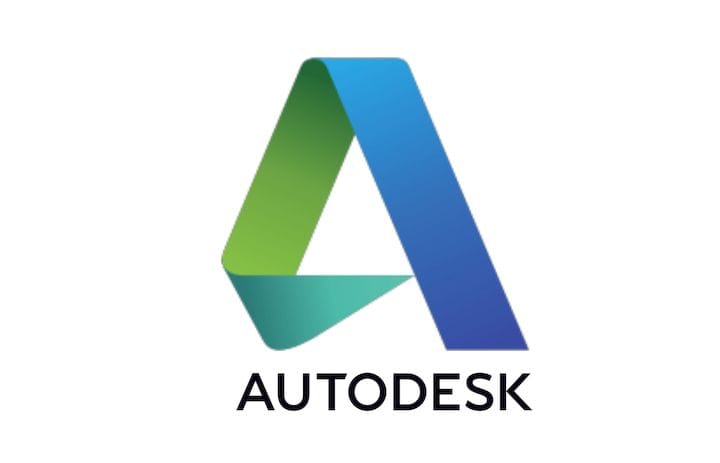
3D software giant Autodesk made an acquisition of a construction-related company.
This past week the company announced the acquisition of software platform BuildingConnected for the huge amount of US$275m.
BuildingConnected provides solutions for part of the construction workflow, specifically addressing the planning and bidding process for large-scale construction projects. Such work can be quite complex and software solutions make the process far easier to manage.
With BuildingConnected, it would be far easier to staff up to the required complement of specialized workers on a given project, for example. It’s much like a giant address book that’s specialized for forming construction projects. In this arrangement, it seems that Autodesk will gain access to BuildingConnected’s huge network of 700K construction specialists.
That’s all very well and good, but what does this have to do with 3D printing?
I have a theory. Autodesk is already well known in the construction industry as they’ve been supplying several very popular 3D design tools for years, most notably AutoCAD, but also specialized tools like Revit, which is used by architects.
It seems that Autodesk is slowly creating an ecosystem around the construction industry. Previously they acquired PlanGrid, which is another workflow tool for the construction industry that focuses on digitizing plans. When you start combining tools that address several points on the construction lifecycle, it would appear you’re trying to build an end-to-end solution.
Obviously this proto-ecosystem would address the current construction market, but it could also address a future construction 3D printing market.
Today’s construction 3D printing market is still quite experimental. We do see a number of projects in 3D printed construction appearing from time to time in various spots around the world, but all seem to be experimental and often have questionable financial aspects.
One other characteristic of these experiments is that they very often do not seem to take much advantage of the ability of 3D printing to produce arbitrary shapes that are not possible with conventional approaches.
I believe a big reason for this is the general lack of appropriate software tools to enable those features to be developed and pushed through the lifecycle. There are really no dedicated general tools for 3D printed construction that I am aware of.
Do you see where I’m going here? I think that it may be that Autodesk foresees a future construction 3D printing market of some size and they may be positioning their ecosystem to take advantage of it.
This would not be the first time Autodesk attempted to spark activity in a 3D print area: they previous did much work for resin-based 3D printing with their introduction of the open source Ember 3D printer. This machine came forward with a number of specifications that helped trigger discussion in the industry and perhaps helped resin-based 3D printing boom in subsequent years. This helps Autodesk by creating more users for their various 3D software tools.
After some time, Autodesk dropped the Ember program, but that makes sense if its purpose was to stimulate the industry. Maybe they will make a similar move in the construction space.
We’ll have to be on the lookout for more developments in the construction market by Autodesk.
Via TechCrunch











COBOD’s BOD2 construction 3D printer seems to be catching on as the company has made multiple sales of the new device.